Here’s your final, polished blog on Flat Head Syndrome and Torticollis for Child OrthoCare. It’s clear, SEO-optimized, and structured for easy reading:
Understanding Positional Concerns in Early Development
As a parent, it can be alarming to notice a flat spot on your baby’s head or an unusual head tilt. These signs—often due to positional habits in infancy—can indicate Flat Head Syndrome (Plagiocephaly) or Neck Imbalance (Torticollis). Fortunately, both conditions are manageable when addressed early.
This guide will help you understand the causes, signs, and when to seek pediatric orthopedic help.
What Is Flat Head Syndrome?
Positional Plagiocephaly, or Flat Head Syndrome, occurs when repeated pressure on one part of a baby’s soft skull causes a flattened appearance.
Common Causes:
- Sleeping in the same position for long hours
- Extended time in car seats, swings, or carriers
- Limited tummy time
- Premature birth (with softer skull bones)
- Neck tightness (Torticollis) that restricts movement
What Is Neck Imbalance (Torticollis)?
Congenital Muscular Torticollis is a condition where a baby’s neck muscles are tight or shortened on one side. This causes the head to tilt toward one shoulder and rotate away from it.
Signs of Torticollis:
- Head consistently tilted to one side
- Baby prefers looking only one direction
- Flat spot forming on the same side of the head
- Trouble turning the head both ways
- Facial asymmetry (in some cases)
Are These Conditions Harmful?
While not typically painful, untreated cases can affect:
- Facial and head symmetry
- Neck strength and range of motion
- Posture and coordination later in life
- Jaw alignment or even vision in severe, uncorrected cases
Early Warning Signs to Watch For:
- Noticeable flatness at the back or side of the head
- Ears appearing uneven
- Baby always sleeping with head turned one direction
- Baby dislikes tummy time or has trouble during it
- Persistent neck tilt while feeding
Prevention and Early Home Care Tips
Alternate Head Position While Sleeping
Encourage alternating the baby’s head direction nightly.
Supervised Tummy Time
Give 20–30 minutes of tummy time throughout the day, broken into short sessions.
Minimize Time in Seats
Limit unnecessary time in car seats, swings, and carriers.
Carry Upright More Often
Use cuddling or babywearing to reduce pressure on the skull.
Stimulate Head Movement
Use toys or gentle sound cues to encourage turning in both directions.
When to See a Specialist
You should consult a pediatric orthopedic specialist if:
- Flat spot worsens after 4 months
- Head tilt remains unchanged
- At-home exercises aren’t improving movement
- Facial asymmetry is developing
- Baby avoids tummy time or shows discomfort
Early care leads to better outcomes and fewer complications.
Treatment at Child OrthoCare
At Child OrthoCare, Dr. Nargesh Agrawal and our team provide:
- Comprehensive head and neck assessments
- Skull shape measurements and tracking
- Individualized physiotherapy programs
- Home exercise guidance for parents
- Helmet therapy (only in moderate or severe cases)
Our approach is gentle, non-invasive, and tailored to each child’s needs.
Final Thoughts
Flat Head Syndrome and Torticollis are common—but treatable. With early intervention, babies can regain symmetry, comfort, and full movement with no long-term effects. Small steps today make a big difference tomorrow.
Concerned About Your Baby’s Head Shape or Neck Tilt?
Let Child OrthoCare help.
Schedule a detailed evaluation with Dr. Nargesh Agrawal and ensure your baby’s head and neck grow in harmony.
Because healthy growth begins at the head—and we’re here to support every step.
Let me know if you’d like a social media post or emailer version of this content.






